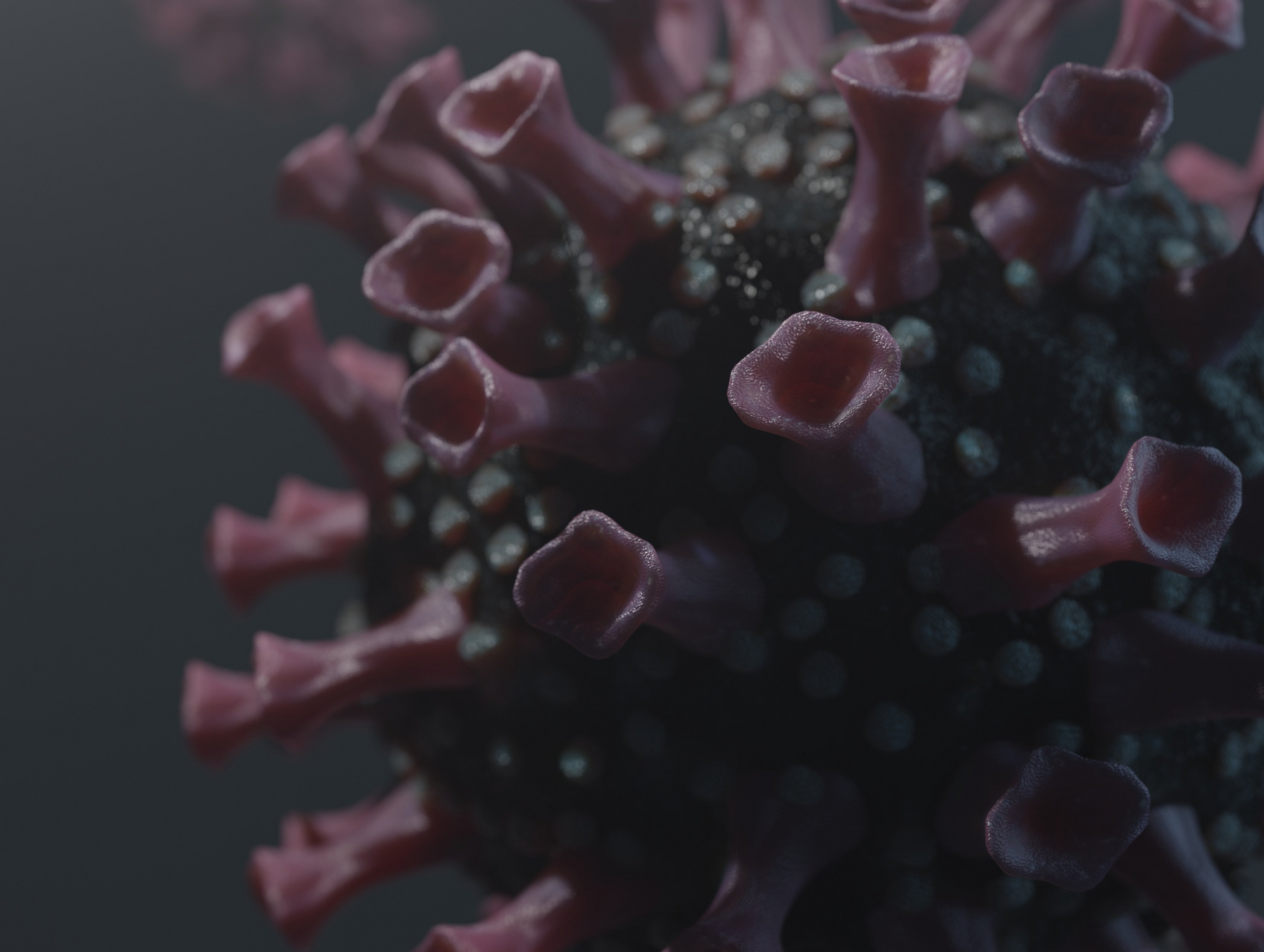

Pathogens issues with tankwater. What options do we have to make tankwater safe to drink?
When it comes to the water quality in our rain tanks, the saying 'out of sight, out of mind' couldn't be truer for many of us. The murky depths of gutters and the hidden interiors of our tanks shield us from the unpleasant reality.
But here's the unfiltered truth: all those decaying leaves, bird droppings, and deceased insects find their way into your rainwater tank. The question is, would you want to quench your thirst with this water?
As summer holidays approach, our anticipation for a relaxing getaway grows. Whether it's a rented bach or our own little paradise, we're all eager for that perfect retreat. However, the dream vacation can turn into a nightmare if an upset stomach greets you after just a few days. Children, in particular, are susceptible to these waterborne woes.
The quality of rainwater often falls short of our expectations, leaving us to wonder why.
Numerous environmental factors conspire to degrade water quality, leading to contamination. A cocktail of bird droppings, possum and rat feces, dead insects, leaves, dust, heavy metal runoff from roofs, moss buildup, and the decay of organic and animal matter all contribute to varying levels of contamination.
A comprehensive 2006 study conducted by Massey University on rural collection systems unveiled unsettling findings. Microorganisms present in rainwater tanks included salmonella, E. coli, campylobacter, aeromonas, giardia, cryptosporidium, and legionella."


Image above: Legionella bacteria

Image above: Giardia cyst

Image above: Cryptosporidium contamination

Image above: Ecoli bacteria

Image above: Bacteria in water
Direct links between contaminated water and illness are seldom found because problems are not reported unless there is a substantial outbreak. Individuals may put their symptoms down to a digestive upset and will not seek medical help unless the illness is severe or lasts a long time
The issues are getting exponentially bigger with the increase of summer temperatures as bacteria and pathogens are increasing in concentration.
Bacteria, cysts etc can cause a range of symptoms and dis-ease:
- Headaches
- Head spins from light to severe
- Digestive upset,
- Diarrhoea
- Lack of energy
- Depressed states
- Brain fog
- Mood swings
- Severe illness
"A study showed that children under five years old were particularly susceptible to giardia infections from rainwater." says Stan Abbott, director of Massey University’s Roof Water Research Centre.
“We looked at the microbiological quality of roof-collected rainwater from 560 rural homes and found that at least half exceeded the acceptable standards for drinking water and 40% showed heavy faecal contamination”
What should we do to mitigate the issues and how do we achieve good drinking water quality for everybody in the household, but in particularly to achieve water quality that is safe to drink for children and small infants as well as for more vulnerable adults.
I) Ideally we clean the gutters and the tank inside regularly.
It is hard to put a time frame behind, as every house setting has its own situation. When there are trees close by the contamination is much higher as when there are not.
Also when there are possums around who can get onto the roof, the issues are amplified.
There are also options to mitigate the issue to install smart measures:
- Install self-cleaning screened downpipe rainheads
- Install a first flush diverter so that the first 200 litres or so of rainfall goes automatically to waste and so prevents bird and animal droppings, dust, ash and airborne chemical residues from entering the storage tank.
- Install a floating value draw-off pipe so that clean water is extracted from the top of the tank.
- At the same time, install a “calmed inlet” pipe that takes incoming rainwater towards the bottom of the tank but incorporates a U-bend to avoid disturbing any sediment.
II) For peace of mind and to improve the water quality in any case, install water filters:
I am quoting in the following various options that Ionza is able to provide for tank water issues:
1) Very effective to install: Water filter systems with an Ultra filter 0.01 micron filter as an Underbench system, or Benchtop system:
1) Alka Flow: Benchtop version - connected to the sink tap with supplied T-diverter valve ( no installer required)


The ALKA FLOW is taking out all bacteria, ecoli, cysts etc with an inbuilt Ultra filter 0.01 micron. It offers very effective purification!
This system also corrects the pH and introduces minerals into the water with the Alka Cartridge. This is a relevant objective, as rain water is acidic, has no minerals and may cause harm to the body longterm when drinking acidic water, mineral deficient water.
2) Ultra X- The Ultra X 3-Filter system is the non-electric alternative to a UV system, taking effective care of rural water issues right at the point of usage in the kitchen. The Ultra X system removes bacteria, ecoli, giardia and cysts with a a powerful 0.01 micron filter. This system does not add minerals or corrects the acidic pH. If this is wanted go to the next option >> 3) Alka Ultra X
http://www.ionza.co.nz/ultra-x-rural-filter-system-3-filters/
3) Alka Ultra X: http://www.ionza.co.nz/alka-ultra-x-rural-filter-system-mineral-ionizer/
This system is taking out all bacteria, ecoli, cysts etc with an inbuilt Ultra filter 0.01 micron. It offers very effective purification!
This system also corrects the pH and introduces minerals into the water with the Alka Cartridge. In particular water stored in plastic tanks is acidic and has no minerals. It requires a pH correction and introducing minerals for drinking.
The Active Pure X 3 yr filter assists in removing odour and filters the water for good taste. The resulting water tastes soft.
4) ALKA UV system: this water system works with a UV light instead of an Ultra filter, also adds minerals and corrects the acidic pH
http://www.ionza.co.nz/alka-uv-alkaline-filter-system/
2) Whole house: UV Whole house filter. This is particularly important when you have the sense that you cannot get on top of cleaning the tank and gutters easily as you just don't find it easy to find time or get to it ....
Do Minerals Exist in Your Tank Water?
As previously mentioned, there's another crucial aspect that often gets overlooked: the presence, or rather the absence, of minerals in your water.
Rainwater, while touted as pure, lacks minerals. Interestingly, truly pure water, devoid of minerals, is a rarity in nature, especially as drinking water. Rainwater's journey begins with it landing on the earth's surface and percolating through the ground before it emerges as a natural spring. Along this path, it accumulates an array of minerals and fine sediment with varying properties, all of which influence the water's pH.
Pure rainwater, as it falls from the sky, is slightly acidic, with a pH of 5.9. The predicament lies in the fact that our bodies require water with minerals to fully reap its benefits. Prolonged consumption of pure, acidic water can lead to a host of issues, including chronic dehydration, inflammation, and osteoporosis.
This is where concrete tanks come into play. They play a buffering role by mitigating acidity through the release of calcium and magnesium from the concrete walls of the tank. These minerals stem from the building materials, such as lime and sand used in the construction of concrete tanks. Over time, the pH of the water generally rises from its initial 5.9 to a range between 8 and 9.5, depending on the age of the concrete tank.
Ionza offers a range of combined water systems for solutions to introduce minerals, to buffer the pH and to remove contamination: >> Bio Mineral Dispenser
>> Alka Spring fountain
>> Alka Spring filter system
>> Alka Spring UV filter system
The mineral cartridges are loaded with bio-minerals and connect to a fountain tap.
If you would like assistance in choosing the right system for you, feel free to contactus
warm regardsIonza Water Ionizers
Contacts:
E: info@ionza.co.nz
www.ionza.co.nz

















